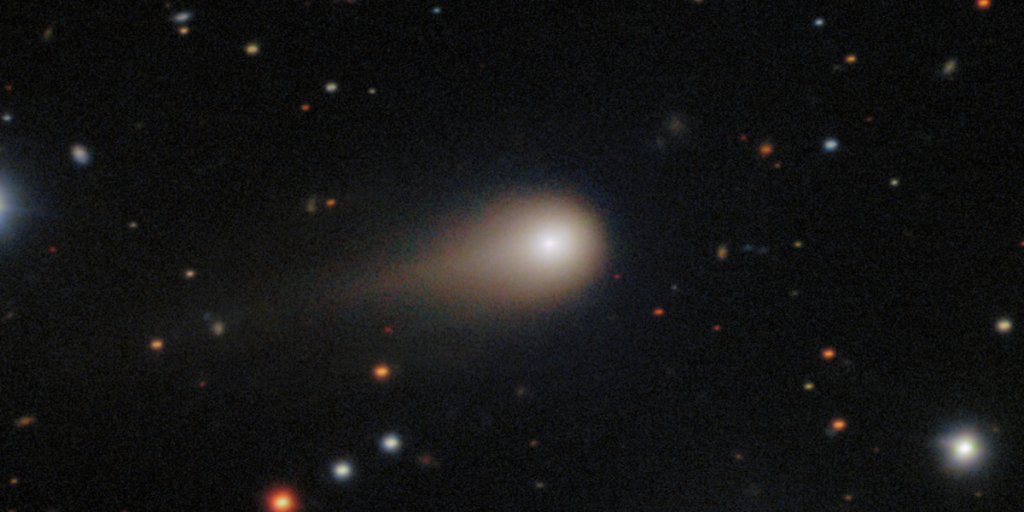Only a few objects have ever been confirmed to come from beyond our Solar System.
Others are reading now
The first was ‘Oumuamua in 2017, followed by 2I/Borisov in 2019, and then 3I/ATLAS in 2025, a comet that sparked wild theories about alien origins.
Now, astronomers say another unidentified body has appeared between Earth and this same interstellar visitor, reviving debate over what is natural and what might not be.
Strange visitor
The newly detected object, named C/2025 V1 Borisov, is travelling between our planet and 3I/ATLAS. It has no visible tail, an unusual trait that makes it harder to classify.
Astronomers report that it is currently around 105 million kilometres from Earth and will come slightly closer on November 11, 2025, at about 103 million kilometres.
The distance is safe, yet close enough for observers using telescopes to spot it under clear skies.
Divided opinions
Also read
Earlier this year, Harvard professor Avi Loeb described 3I/ATLAS as a “strange object” and said there was “a 30 to 40 per cent chance” it might not be naturally formed.
He later criticised NASA for failing to publish sharper images captured by the Mars Reconnaissance Orbiter in October.
NASA explained that the release was postponed because of the temporary US government shutdown.
Despite speculation online, scientists believe the newly discovered object is far more likely to be a natural fragment within our Solar System.
Odd path through space
According to the JPL Small-Body Database, C/2025 V1 Borisov follows a steep and elongated orbit, with an eccentricity of 1.009 and an inclination of about 113 degrees.
Also read
These values indicate that it cuts across the Solar System at an angle rarely seen among comets.
Researchers expect the object to reach its perihelion, or closest point to the Sun, on November 16, before heading back toward the outer regions of space.
How to see it
Astronomers say the faint light from Borisov takes about six minutes to reach Earth. It rises around 4:01 a.m., reaches its highest point near 10:01 a.m., and sets around 4:03 p.m.
The object is dim, but it may be visible through medium-sized telescopes if weather conditions are good.
This discovery adds one more chapter to the story of interstellar exploration, reminding scientists how little they still know about the small, silent travellers that move between the stars.
Also read
This article is made and published by Kathrine Frich, who may have used AI in the preparation


